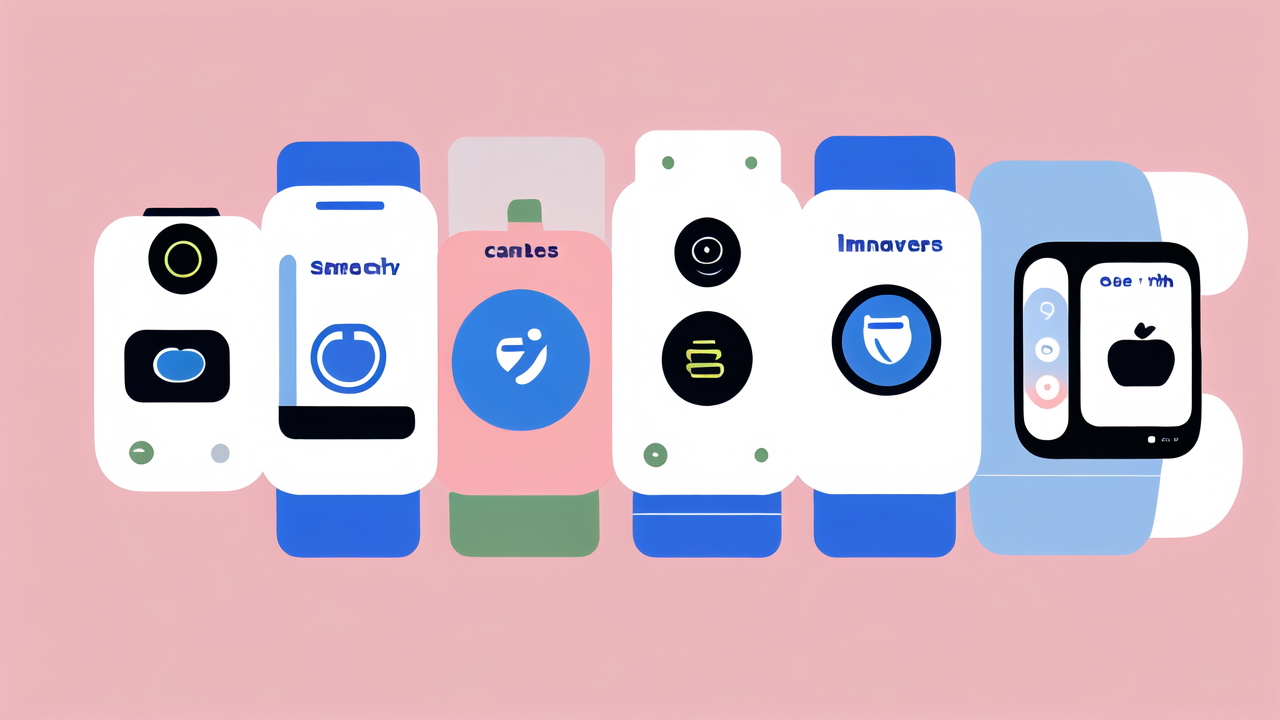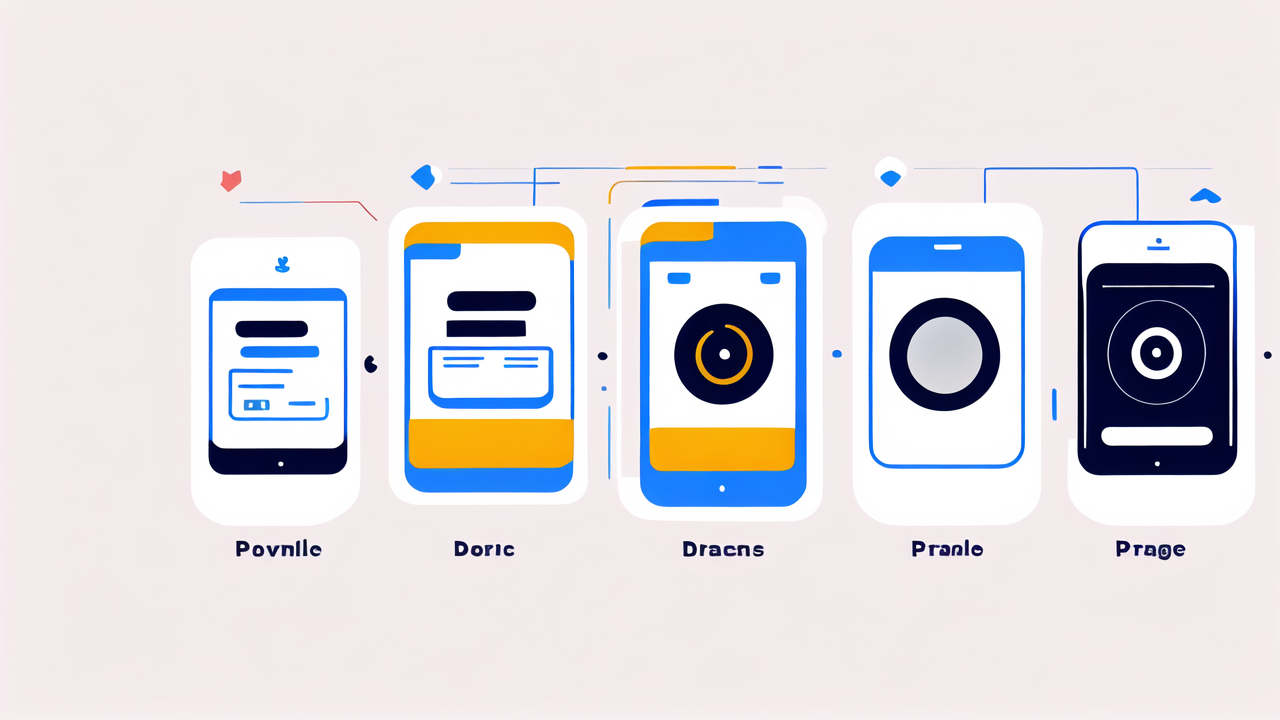Understanding the Evolution of Wearable Technology
The History and Growth of Wearable Devices
Wearable tech has come a long way since its early days. It started with simple pedometers and has evolved into smart watches. These devices can now track our health, show notifications, and even make calls.

The growth has been rapid. From fitness bands to smart glasses, the market has exploded. Companies like Apple, Samsung, and Fitbit have led the charge. They've made wearables a part of our daily lives.
Today, wearables are more than just gadgets. They're tools that help us stay connected and healthy. The industry continues to grow, with new innovations appearing each year.
Major Innovations in Wearable Technology
Wearable tech has seen many breakthroughs. One big leap was the addition of health sensors. These can track heart rate, sleep patterns, and even blood oxygen levels.
Another key innovation was improved battery life. Early devices needed frequent charging. Now, many can last for days or even weeks.
Connectivity has also improved. Most wearables now sync seamlessly with smartphones. Some can even connect directly to the internet.
Design has come a long way too. Early wearables were bulky and unattractive. Now, they're sleek and stylish. Many look just like traditional watches or jewelry.
The Role of Consumer Demand in Wearable Tech Advancements
Consumers have played a big part in shaping wearable tech. They've asked for devices that are more useful and less intrusive.
People want wearables that fit their lifestyle. This has led to a wide range of products. There are now devices for athletes, busy professionals, and health-conscious individuals.
Privacy concerns have also driven innovation. Users want control over their data. This has led to better security features and more transparent data policies.
Comfort has been another key demand. People want devices they can wear all day. This has resulted in lighter, more comfortable designs.
Impact of Wearable Tech on Various Industries
Health and Wellness: Personalized Health Monitoring
Wearable tech has revolutionized personal health monitoring. Smart watches and fitness trackers can now measure vital signs 24/7.

These devices can track heart rate, sleep quality, and activity levels. Some can even detect falls or irregular heartbeats. This constant monitoring can help catch health issues early.
Wearables are also helping people take charge of their health. They can set fitness goals and track their progress. Some devices even offer personalized workout suggestions.
For those with chronic conditions, wearables offer new hope. They can help manage diseases like diabetes by tracking blood sugar levels. This data can be shared with doctors for better care.
Fitness and Lifestyle: Integrating Fitness Goals with Technology
Wearable tech has changed how we approach fitness. It's made tracking workouts easier and more accurate.
Many devices can automatically detect different types of exercise. They can count steps, measure distance, and calculate calories burned. This data helps users set and achieve fitness goals.
Wearables also offer motivation. Many have features like achievement badges or social sharing. These can encourage users to stay active and compete with friends.
Some devices even offer guided workouts. They can provide real-time coaching and feedback. This is like having a personal trainer on your wrist.
Retail and Commerce: Customized Shopping Experiences
Wearable tech is changing how we shop. Smart watches can now be used for contactless payments. This makes checkout faster and more convenient.
Some retailers are using wearables to enhance the in-store experience. They can send personalized offers to customers' devices. This helps create a more tailored shopping experience.
Wearables are also helping with inventory management. Staff can use smart glasses to quickly locate items. This improves efficiency and customer service.
In the future, wearables might even replace loyalty cards. Your device could automatically apply discounts when you shop.
Challenges and Opportunities in Wearable Tech Market
Technological Limitations and the Future of Wearables
Despite progress, wearable tech still faces challenges. Battery life remains a concern for many users. Devices need to last longer without charging.

Size is another limitation. Users want more features, but in smaller devices. This creates a design challenge for manufacturers.
Data accuracy is also an issue. While wearables can collect lots of data, it's not always precise. Improving sensor accuracy is a key goal for the industry.
Looking ahead, we can expect exciting developments. Flexible displays could lead to new form factors. Improved AI might offer more personalized insights. The future of wearables looks promising and full of potential.
Ethical Considerations and Privacy in Wearable Technology
As wearables collect more data, privacy concerns grow. Users worry about who has access to their personal information. Companies must be transparent about data use and protection.
There are also concerns about data accuracy and reliability. If people make health decisions based on wearable data, it needs to be trustworthy.
Another ethical issue is the digital divide. Not everyone can afford or access wearable tech. This could create inequalities in health monitoring and care.
Wearables in the workplace raise questions too. Employers might use them to track productivity. But this could infringe on workers' privacy.
The Potential for Wearable Tech in the United States Market
The U.S. market for wearable tech is booming. Americans are embracing these devices for health, fitness, and convenience.
Health insurance companies are taking notice. Some offer incentives for using wearables. This could lead to lower premiums for healthy behaviors.
The aging population presents a big opportunity. Wearables could help seniors live independently for longer. They can monitor health and alert caregivers if there's a problem.
In the workplace, wearables are finding new uses. They can improve safety in industries like construction. They can also boost productivity in office settings.
As 5G networks expand, wearables will become even more powerful. Faster connections will enable new features and applications. The potential for growth in the U.S. market is enormous.




Leave a comment
This site is protected by hCaptcha and the hCaptcha Privacy Policy and Terms of Service apply.